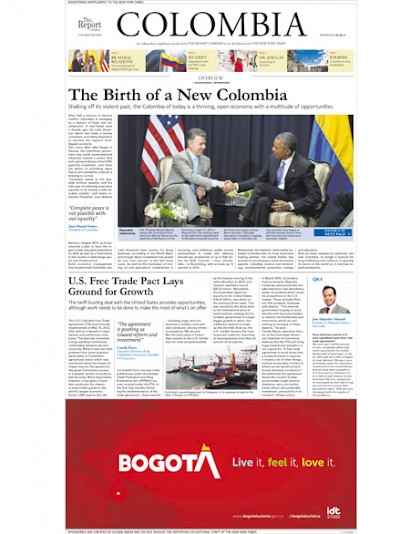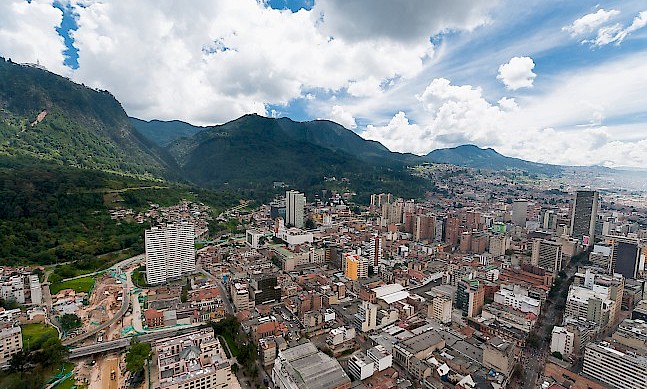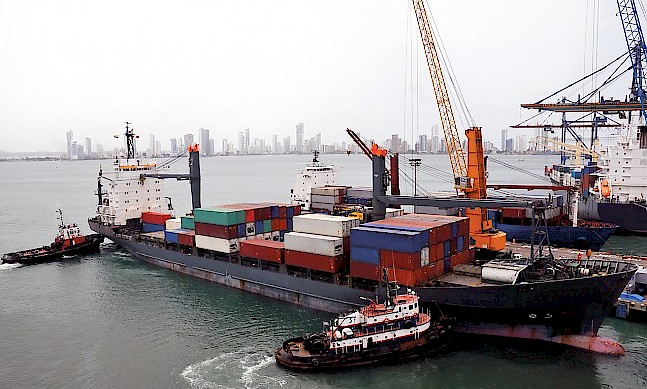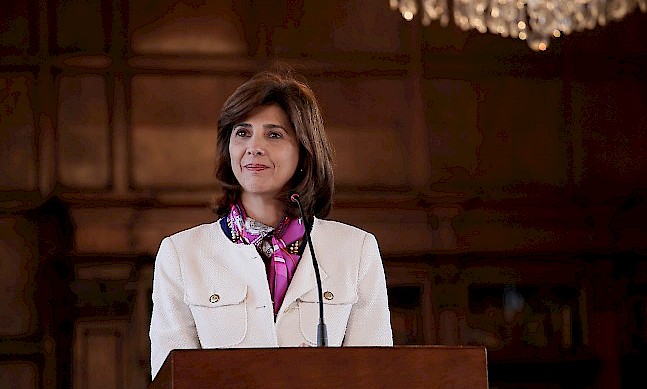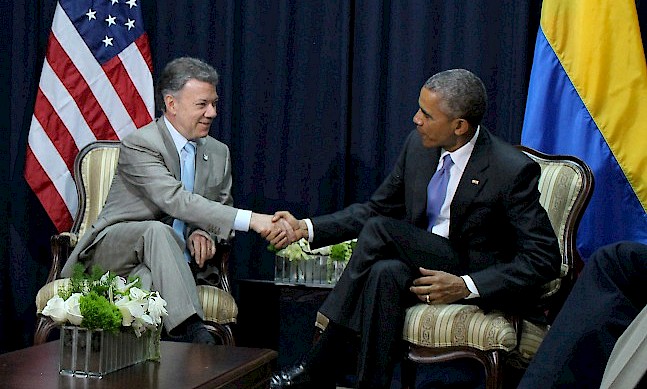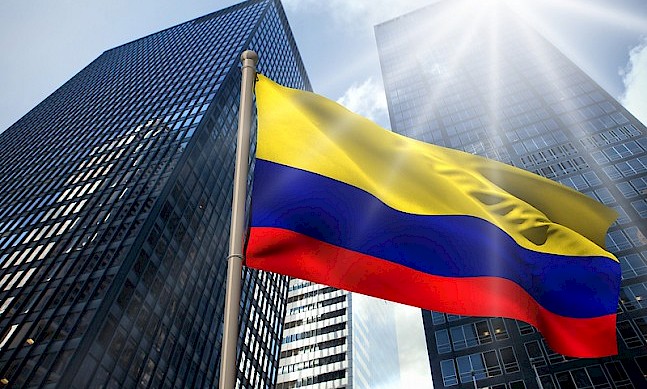The tariff-busting deal with the United States provides opportunities, although work needs to be done to make the most of what’s on offer.
The U.S.-Colombia Free Trade Agreement (FTA) was formally implemented on May 15, 2012, after almost a decade of negotiations and preliminary measures. The deal has cemented a long-standing commercial relationship between the two countries. While it was met with protests from some quarters, particularly in Colombia’s agricultural sector which was concerned about the impact of cheap imports, the agreement has given Colombians access to a greater variety of products and services. More importantly, however, it has given Colombian producers the chance to export their goods to the world’s largest economy.
Some 1,000 exports that did not benefit from one-way trade preferences under the Andean Trade Promotion and Drug Eradication Act (ATPDEA) are now covered under the FTA. In the first nine months following the implementation of the trade agreement , these exports – including sugar and confectionery, textiles, tuna and dairy products, among others – increased by 185 percent.
“The agreement is pushing us toward reform and investment.”
Camilo Reyes Executive Director of the Colombian-American Chamber of Commerce
Tweet ThisBut the total value of Colombian exports to the U.S. market has not risen as spectacularly as the imports moving in the other direction. In 2014, U.S. imports reached a record $20.32 billion. Meanwhile, the Colombian figure for exports to the United States, $18.23 billion, was down on the previous three years. This was caused by the sharp drop in the international price of hydrocarbons, leading the Colombian government to target bigger growth in other, non-traditional exports to make up the shortfall. Even so, the U.S. market remains the most important outlet for Colombia, to encompassing more than 25 percent of all exports.
In March 2015, Colombia’s finance minister, Mauricio Cardenas, announced that the administration had identified a series of products which could be competitive on the U.S. market. These included flowers, fish products, footwear and plastics. “The national government is going to work directly with business leaders to identify the bottlenecks and restrictions which are preventing an increase in these exports,” he said.
Camilo Reyes, executive director of the Colombian-American Chamber of Commerce, believes that the FTA will bring huge rewards but accepts it is not a quick fix: “A free trade agreement is much more than a simple increase in exports; it means a lot of other things, such as an increase in imports, which can be beneficial as it boosts domestic production.” He added that the agreement forces the country to step up and make tough internal decisions, carry out institutional reform and undertake investment, particularly in its transport infrastructure.


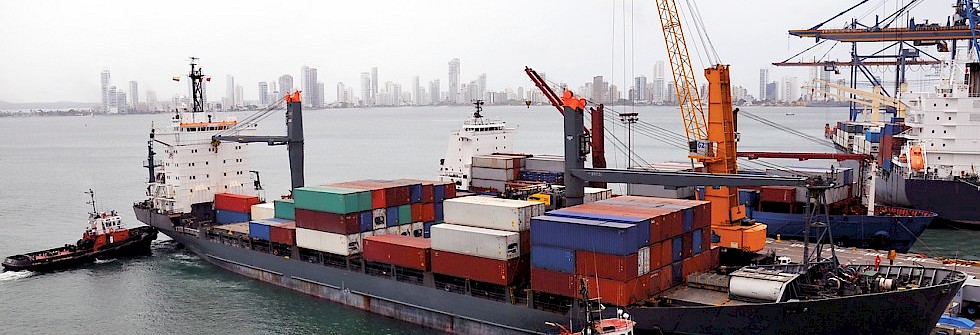 Colombia’s second-largest port, in Cartagena, is the gateway to trade for the cities of Bogota and Medellin. Photo: Laszlo Halasi | Dreamstime
Colombia’s second-largest port, in Cartagena, is the gateway to trade for the cities of Bogota and Medellin. Photo: Laszlo Halasi | Dreamstime
